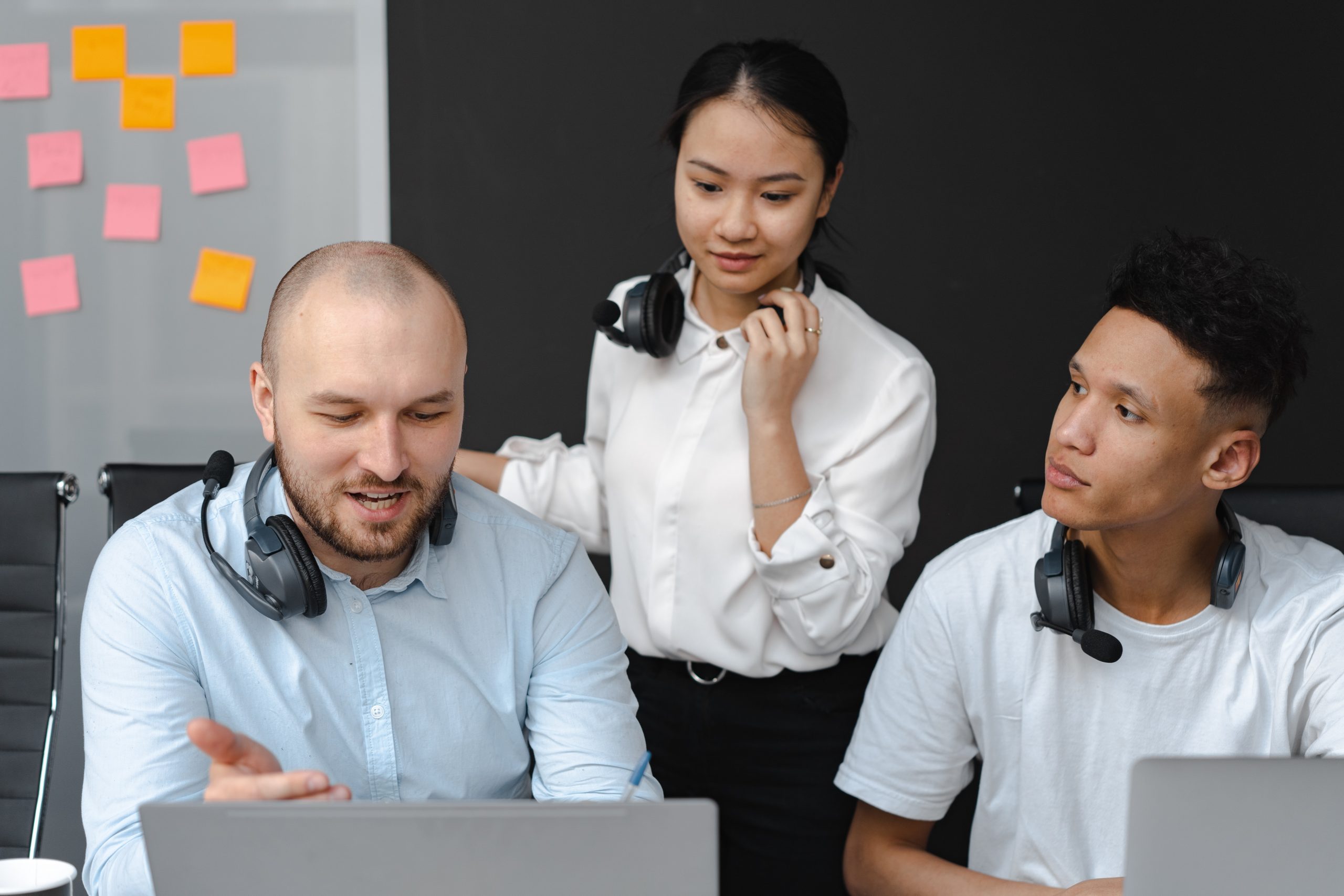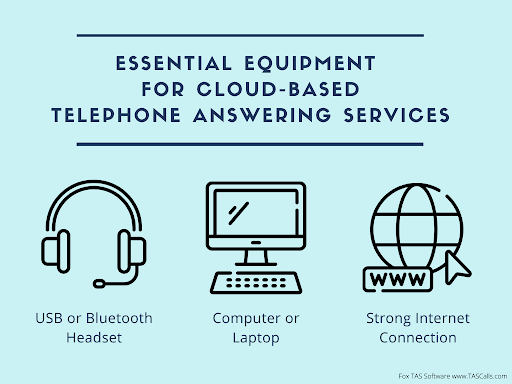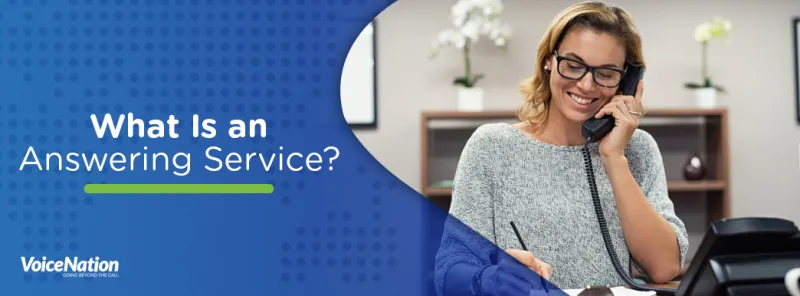All Categories
Featured
Table of Contents
The Best A Guide To Using Automated Answering Systems?
This device and its followers were created by Sava Jacobson, an electrical engineer with a personal consulting business. While early answering machines used magnetic tape innovation, a lot of modern devices uses solid state memory storage; some gadgets utilize a combination of both, with a solid-state circuit for the outbound message and a cassette for the inbound messages.
"toll conserving" below) (answering service). This works if the owner is screening calls and does not wish to talk to all callers. In any case after going, the calling celebration needs to be informed about the call having been addressed (most of the times this begins the charging), either by some remark of the operator, or by some greeting message of the TAD, or dealt with to non-human callers (e.
This holds specifically for the TADs with digitally stored welcoming messages or for earlier makers (before the rise of microcassettes) with a special limitless loop tape, different from a 2nd cassette, dedicated to recording. There have been answer-only devices without any recording abilities, where the greeting message needed to notify callers of a state of present unattainability, or e (phone answering).
What's The Best Concierge Service Brand

about schedule hours. In tape-recording Little bits the welcoming normally consists of an invite to leave a message "after the beep". An answering machine that uses a microcassette to record messages On a dual-cassette answerphone, there is an outbound cassette, which after the defined variety of rings plays a pre-recorded message to the caller.

Single-cassette answering devices consist of the outgoing message at the beginning of the tape and inbound messages on the staying space. They initially play the announcement, then fast-forward to the next offered space for recording, then tape-record the caller's message. If there are lots of previous messages, fast-forwarding through them can trigger a significant delay.
This beep is frequently referred to in the greeting message, requesting that the caller leave a message "after the beep". Littles with digital storage for the recorded messages do not reveal this hold-up, obviously. A TAD might offer a push-button control facility, whereby the answerphone owner can ring the home number and, by entering a code on the remote telephone's keypad, can listen to recorded messages, or erase them, even when away from house.
A Best What Is The Difference Between An Answering Service And ...

Consequently the maker increases the number of rings after which it addresses the call (typically by two, leading to 4 rings), if no unread messages are currently stored, however answers after the set number of rings (generally two) if there are unread messages. This permits the owner to discover whether there are messages waiting; if there are none, the owner can hang up the phone on the, e.
Some makers also allow themselves to be remotely triggered, if they have been turned off, by calling and letting the phone ring a particular a great deal of times (typically 10-15). Some provider desert calls currently after a smaller sized variety of rings, making remote activation impossible. In the early days of Little bits an unique transmitter for DTMF tones (dual-tone multi-frequency signalling) was regionally required for push-button control, because the formerly employed pulse dialling is not apt to convey proper signalling along an active connection, and the dual-tone multi-frequency signalling was carried out stepwise.
Any inbound call is not recognizable with respect to these residential or commercial properties in advance of going "off hook" by the terminal devices. So after going off hook the calls should be switched to proper gadgets and just the voice-type is instantly available to a human, however possibly, however ought to be routed to a LITTLE BIT (e.
How Much Does It Cost To Have A How Outsourced Phone Answering Service Can Help Your ...?
What if I told you that you do not have to in fact choose up your gadget when answering a consumer call? Someone else will. So practical, ideal? Addressing call doesn't need somebody to be on the other end of the line. Efficient automated phone systems can do the technique just as effectively as a live agent and often even much better.
An automated answering service or interactive voice action system is a phone system that communicates with callers without a live individual on the line - call answering services. When business utilize this technology, customers can get the response to a question about your business just by using interactions set up on a pre-programmed call flow.
Although live operators update the customer care experience, many calls do not require human interaction. A simple recorded message or directions on how a consumer can recover a piece of info normally solves a caller's immediate requirement - virtual answering service. Automated answering services are an easy and reliable way to direct incoming calls to the ideal individual.
What Is The Best What Is A Phone Answering Service? Out
Notice that when you call a company, either for support or item questions, the very first thing you will hear is a pre-recorded voice welcoming and a series of alternatives like press 1 for customer support, press 2 for queries, and so on. The pre-recorded choices branch out to other options depending upon the consumer's choice.
The phone tree system helps direct callers to the best person or department using the keypad on a mobile phone. In some circumstances, callers can use their voices. It's worth keeping in mind that auto-attendant choices aren't limited to the 10 numbers on a phone's keypad. As soon as the caller has actually chosen their first option, you can create a multi-level auto-attendant that utilizes sub-menus to direct the caller to the best sort of assistance.
The caller does not need to interact with an individual if the auto-attendant phone system can manage their concern. The automated service can route callers to a staff member if they reach a "dead end" and require support from a live agent. It is costly to work with an operator or executive assistant.
Best Discover How To Set Up A Call Answering Service With A 7- ...
Automated answering services, on the other hand, are substantially less costly and supply substantial expense savings at approximately $200-$420/month. Even if you do not have committed personnel to deal with call routing and management, an automatic answering service enhances efficiency by enabling your team to concentrate on their strengths so they can more efficiently spend their time on the phone.
A sales lead routed to customer care is a lost shot. If a customer who has item questions reaches the wrong department or gets insufficient answers from well-meaning staff members who are less trained to manage a particular type of question, it can be a cause of disappointment and dissatisfaction. An automated answering system can reduce the variety of misrouted calls, consequently helping your workers make better usage of their phone time while maximizing time in their calendar for other jobs.
With Automated Answering Systems, you can create a customized experience for both your personnel and your callers. Make a recording of your main greeting, and just upgrade it frequently to show what is going on in your organization. You can produce as numerous departments or menu alternatives as you desire.
Latest Posts
Professional Answering Service Near Me – QLD
Effective Real Estate Answering Service
Efficient Real Estate Answering Service Near Me